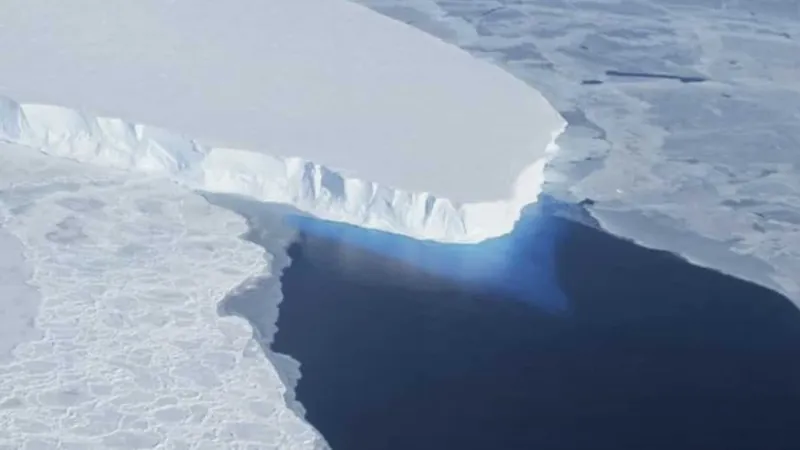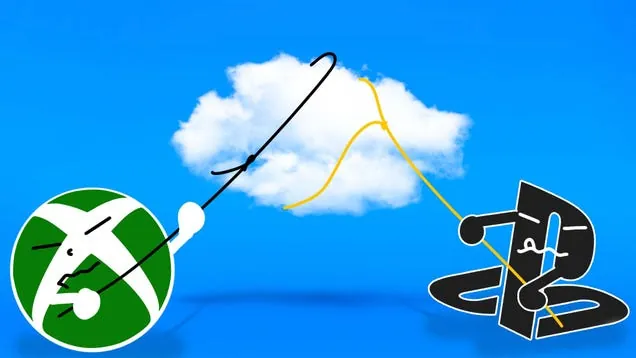
Urgent Action Needed: Scientists Propose Giant Underwater Curtain to Rescue 'Doomsday Glacier' from Meltdown
2024-11-10
Author: Ming
Introduction
In a groundbreaking initiative, scientists are proposing an ambitious plan to halt the rapid melting of the massive Thwaites Glacier in Antarctica, a development that could have dire consequences for coastal cities along the U.S. East Coast. Known as the "Doomsday Glacier," Thwaites is on a trajectory that could elevate global sea levels by an alarming 10 feet, threatening iconic cities like New York, Miami, Atlantic City, and Charleston with catastrophic flooding.
Proposed Solution
To combat this looming crisis, researchers from the University of Chicago's Climate Systems Engineering Initiative have published a report suggesting the installation of a giant underwater curtain. This innovative barrier could either cool the bedrock beneath the glacier, preventing warm ocean waters from eroding its base, or help thicken the glacier by pumping seawater onto its surface, where it would freeze.
Urgency of Action
Professor Douglas MacAyeal, a co-author of the report, emphasized the urgency of this initiative, stating, "We need to start funding this research now, so we aren't making panicked decisions when the water is already at our ankles."
Challenges Ahead
However, while the concept sounds promising, it is not without its challenges. One proposed method involves bringing seawater to the glacier's surface to freeze, which could ultimately thicken the ice. Yet, researchers caution that the salinity of the seawater might compromise the glacier's structural integrity. Moreover, such an operation could cost up to $6 billion annually and require immense energy resources to pump the seawater effectively.
Exploring Similar Ideas
This concept isn’t entirely new; UK-based startup Real Ice has been exploring similar ideas since 2019, with preliminary trials in Canada yielding hopeful results. However, scaling this up to effectively combat the melting of the Thwaites Glacier will demand a significant investment and sustained effort.
Broader Implications
Scientists are also advocating for supplementary geoengineering approaches to address this urgent climate issue. Yet, some experts criticize these radical solutions, arguing that they detract from essential discussions surrounding carbon emission reductions. Climate economist Gernot Wagner warned, "When we talk about glacial geoengineering, we need to tell the truth—it's not a solution to climate change; it's at best a temporary fix."
Conclusion
As the clock ticks and glaciers continue to melt, researchers stress that immediate and proactive measures are vital to outsmarting climate change before it becomes an irreversible disaster. The international community must collaborate and invest in these groundbreaking research initiatives before it's too late.
Call to Action
Stay tuned as we follow this critical story — the future of our coastlines may depend on it!


 Brasil (PT)
Brasil (PT)
 Canada (EN)
Canada (EN)
 Chile (ES)
Chile (ES)
 España (ES)
España (ES)
 France (FR)
France (FR)
 Hong Kong (EN)
Hong Kong (EN)
 Italia (IT)
Italia (IT)
 日本 (JA)
日本 (JA)
 Magyarország (HU)
Magyarország (HU)
 Norge (NO)
Norge (NO)
 Polska (PL)
Polska (PL)
 Schweiz (DE)
Schweiz (DE)
 Singapore (EN)
Singapore (EN)
 Sverige (SV)
Sverige (SV)
 Suomi (FI)
Suomi (FI)
 Türkiye (TR)
Türkiye (TR)